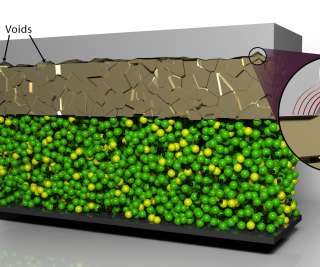ORNL team develops low-cost scalable method to join materials in solid-state batteries; electrochemical pulse
Green Car Congress
NOVEMBER 11, 2021
Scientists at the Department of Energy’s Oak Ridge National Laboratory have developed a scalable, low-cost method to improve the joining of materials in solid-state batteries, resolving one of the big challenges in the commercial development of safe, long-lived energy storage systems. La 3 Zr 2 O 12 ).






















Let's personalize your content